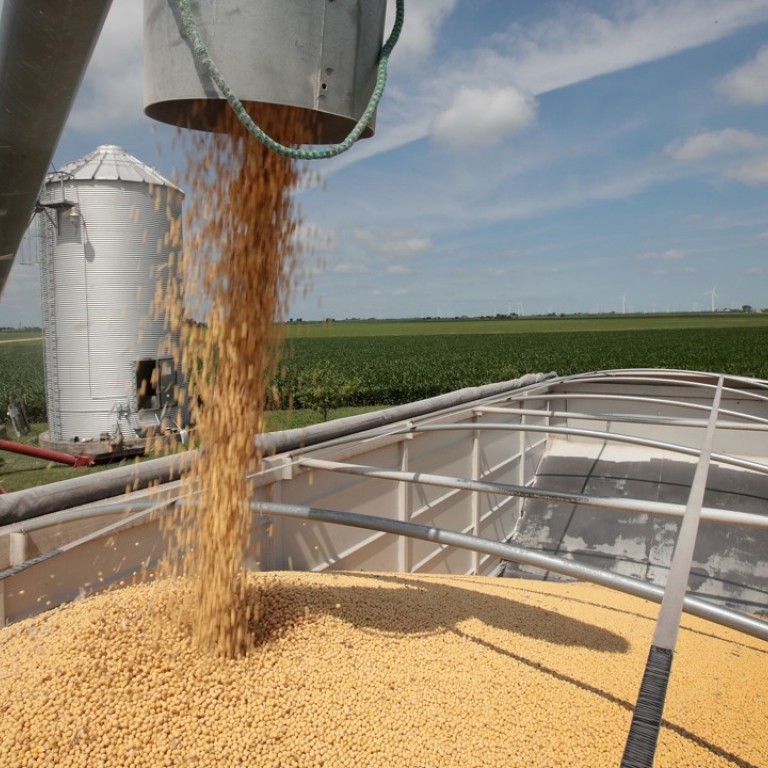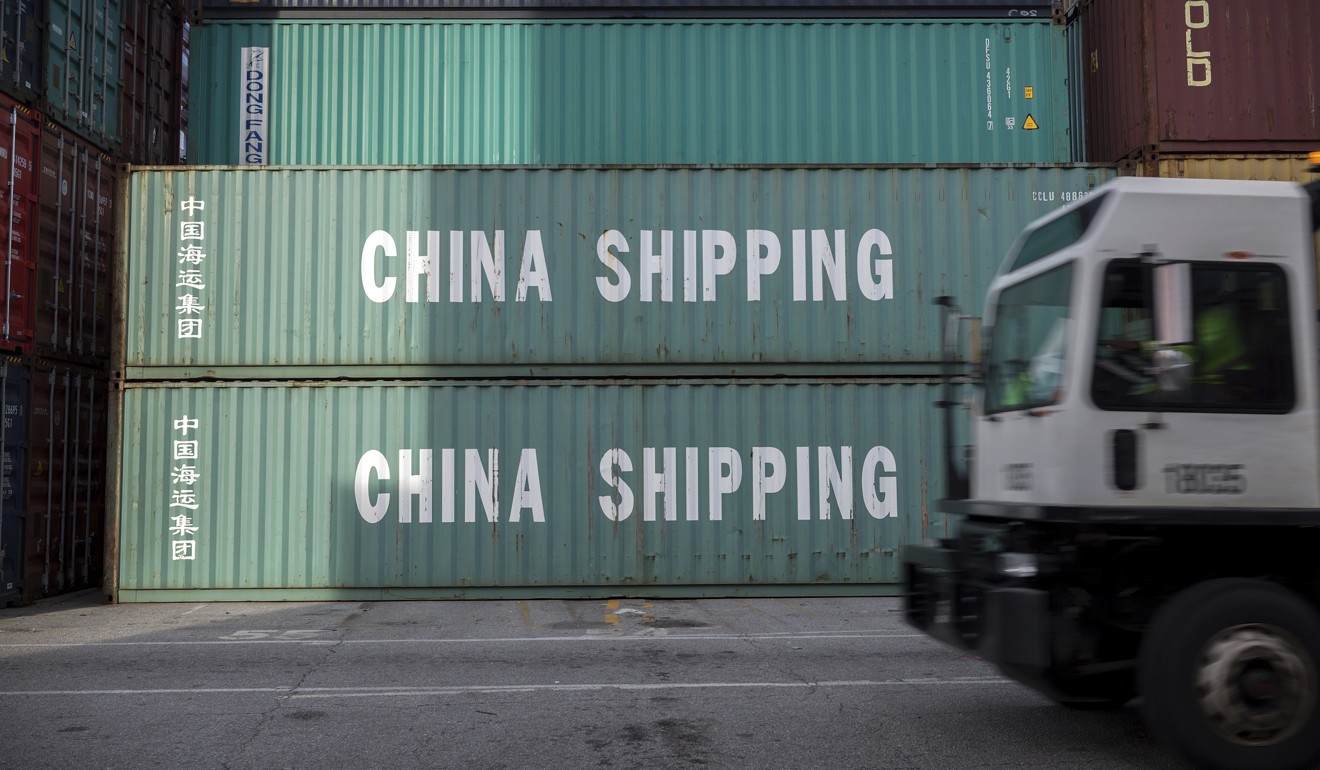
Update | China accuses US of ‘bullying’ on trade but calls for cooperation
Beijing attacks Washington over ‘economic intimidation’ in a white paper laying out its trade war stand for the first time
Beijing has accused Washington of bullying tactics and economic intimidation, while restating its own stance that only cooperation on trade issues will produce results, in the government’s most comprehensive statement of its trade war stance to date.
The white paper released by the official Xinhua New Agency on Monday came after Beijing declined on Saturday the US invitation to hold talks to try to resolve the ongoing trade dispute and only an hour after the latest round of US tariffs on US$200 billion of Chinese imports kicked in.
The document declared that the “America first” economic policies being pursued by the US administration and punitive tariffs on Chinese products had “greatly undermined” bilateral economic ties and threatened the world’s multilateral system of trade.
In keeping with its practice not to personalise the trade conflict, the white paper never mentions US President Donald Trump by name throughout the 36,000-word text.

The government re-emphasised its belief in free trade and multilateralism. “Cooperation is the only right option and only win-win cooperation can lead to a better future” for China and the US, it added.
The white paper – titled “Facts about the China-US trade dispute and China’s stance” – marked the latest effort by Beijing to portray itself as occupying the moral high ground in the quarrel with the US, analysts said.
Trump has made his point with the US-China trade war, now the real work must begin
Liu Weidong, a Sino-US affairs expert from the Chinese Academy of Social Sciences, said Beijing was not intending to end the trade war with Washington via the document but was using it to show to the international community its “sincerity and willingness to resolve the trade issues”.
The white paper also “shows the world that Beijing has really tried its best” to avoid confrontations with the US, Liu added.
Tu Xinquan, a trade professor at the University of International Business and Economics in Beijing, said China was trying to “show goodwill” by releasing a white paper and avoiding the term “trade war”.
“China’s policy is consistent but the tone is a bit softer compared with a few months ago,” Tu added. “Beijing is kicking the ball back into Trump’s court” by demonstrating to the audience both at home and abroad that China is willing to talk but the US is not.
The white paper was published as tensions between China and the US have also spread to the military realm. At the weekend, China summoned America’s ambassador and recalled its naval chief from the US to protest against sanctions Washington slapped on Chinese entities for procuring military equipment from Russia. China threatened to follow through with additional measures by its military.
The white paper was also released at an unusual time, during a public holiday in China. In another departure from normal practice, Chinese state media issued alerts notifying the public of the pending publication prior to release time.
Will the US-China trade war quagmire take as long as the Vietnam war to untangle?
The government will drive home its message at a press conference due to be held in Beijing on Tuesday. Seven vice-ministers, including Vice-Minister of Commerce Wang Shouwen, the last Chinese official to hold trade talks with the US in August, will “explain” the white paper, the State Council Information Office said in its announcement.
It comes after a planned trip to Washington on Monday by Vice-Premier Liu He, who is leading trade talks with the US, was cancelled after Trump said the US would go ahead and levy tariffs on US$200 billion worth of Chinese products, significantly escalating the trade war. The latest tariffs took effect at 12pm on Monday, Beijing time.

Julian Evans-Pritchard, senior China economist at Capital Economics, said Beijing wanted to be seen “as a victim rather than the perpetrator” of the trade war and the white paper was part of that effort.
“They reiterate that they are liberalising the markets, you just have to be patient [and] you will be rewarded,” Evans-Pritchard said.
In crossfire of US-China trade war, Hong Kong headgear company finds safe haven in Bangladesh factory
The US side has accused China of stealing technologies from US businesses and unfairly subsidising Chinese state-owned enterprises.
China defended its practices in the white paper and blamed the US for the trade tensions.
“Since the new administration took office in 2017, under the slogan of ‘America first’, it has brazenly preached unilateralism, protectionism and economic hegemony” and intimidated China with tariffs, according to the white paper. China has offered solutions but the US side had repeatedly “contradicted itself” and escalated trade tensions, it said.
China is always open to talks with the US but the discussions cannot be conducted under “threats of the big stick of tariffs” or at the cost of “China’s rights to develop”, the paper said.
The Chinese government said it was willing to work with the US to “restart bilateral investment treaty talks” and to “launch bilateral free-trade negotiations at appropriate times”. At the moment, both these proposals are long shots since Washington has enhanced screening of Chinese investment in the US and has not offered China any negotiations to pursue a free-trade deal.
Additional reporting by Kristin Huang



